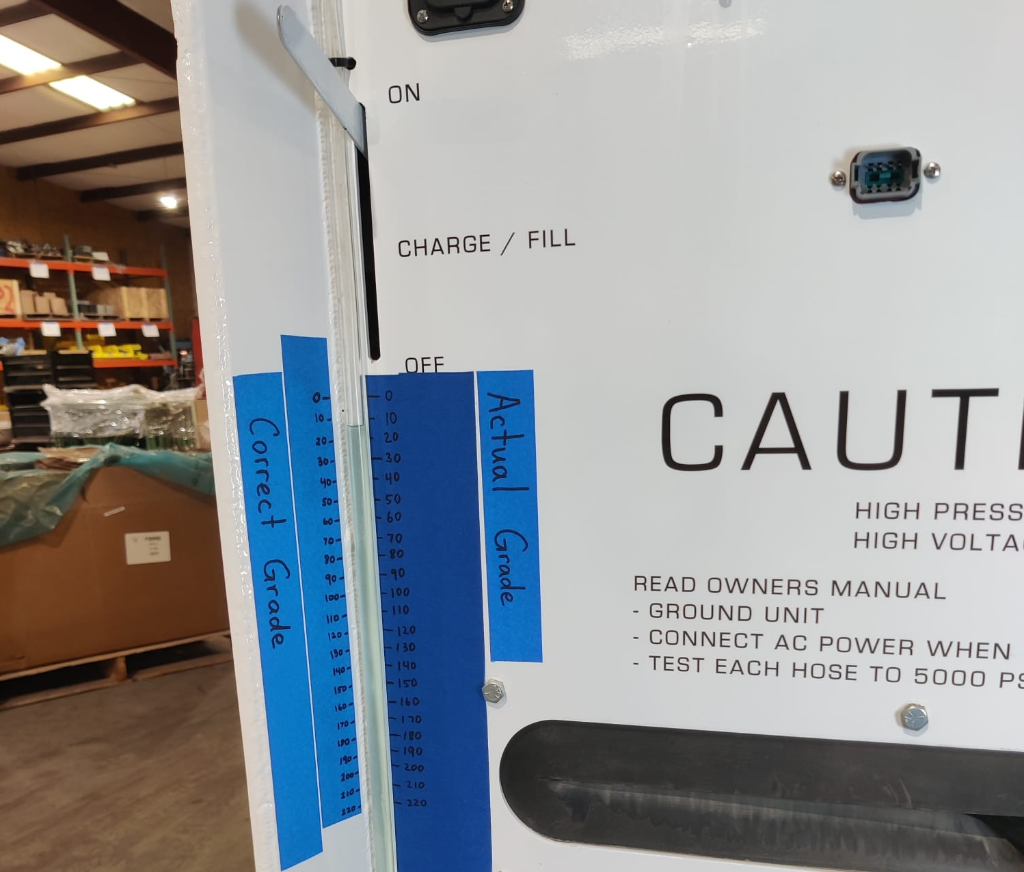How do you use the water level to check grade in a horizontal crossing and how accurate is it?


The Importance of Accurate Grade Checking
Grade checking is a critical process in horizontal drilling to ensure that the bore path follows the designed route at the correct angle and depth. Accurate grade checking is vital for avoiding obstacles, maintaining structural integrity, and ensuring efficient installation of pipelines or cables.
Using a Water Level for Grade Checking
A water level, one of the simplest and oldest forms of level, can be used for grade checking in horizontal drilling. This tool, essentially a clear, water-filled tube, helps in determining the level between two points.
How to Use a Water Level
The process of using a water level involves several steps to ensure accurate readings:
- Setting Up: The water level is set up at one end of the proposed drilling path, with the tube extending towards the other end.
- Calibration: Before starting, the water level must be calibrated to ensure that the water in the tube is at a stable and consistent level.
- Reading the Level: Readings are taken at various points along the drilling path to determine if the grade is consistent with the planned route.
- Adjustments: Based on the readings, adjustments to the drilling path can be made to maintain the correct grade.
While simple, the water level can be remarkably accurate, especially for shorter horizontal crossings. However, for longer distances, the accuracy can be influenced by several factors.
Factors Affecting Accuracy of Water Levels
- Temperature Fluctuations: Changes in temperature can cause the water in the tube to expand or contract, affecting the level.
- Air Bubbles: Air bubbles in the tube can lead to inaccurate readings.
- Tube Length: The longer the tube, the more prone it is to slight variations in level due to movement or sagging.
- Human Error: Incorrect calibration or reading of the water level can lead to mistakes in grade checking.
Despite these factors, water levels can provide a good initial estimate of grade, particularly for smaller projects or where high precision is not critical.
Alternatives to Water Levels
For projects requiring higher precision or for longer horizontal crossings, more advanced tools like laser levels or GPS-based systems are often used. These tools offer greater accuracy and are less susceptible to environmental factors.
The choice of grade checking method depends on the project's scale, accuracy requirements, and budget constraints.
Conclusion
While water levels can be a cost-effective and simple method for grade checking in horizontal drilling, their accuracy can be limited. It is essential to understand the project requirements and choose the most suitable method for grade checking, be it a traditional water level or more advanced technology.